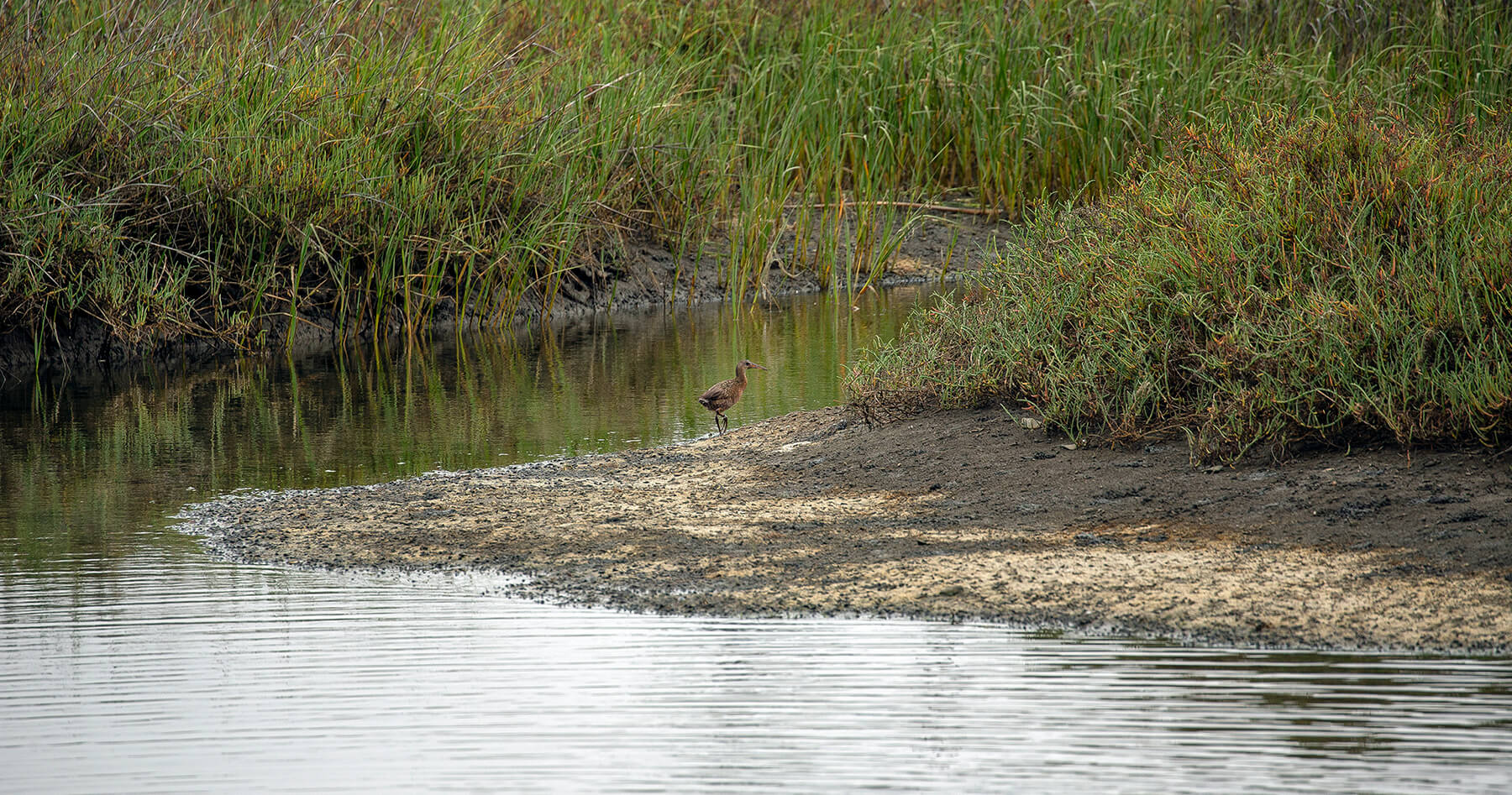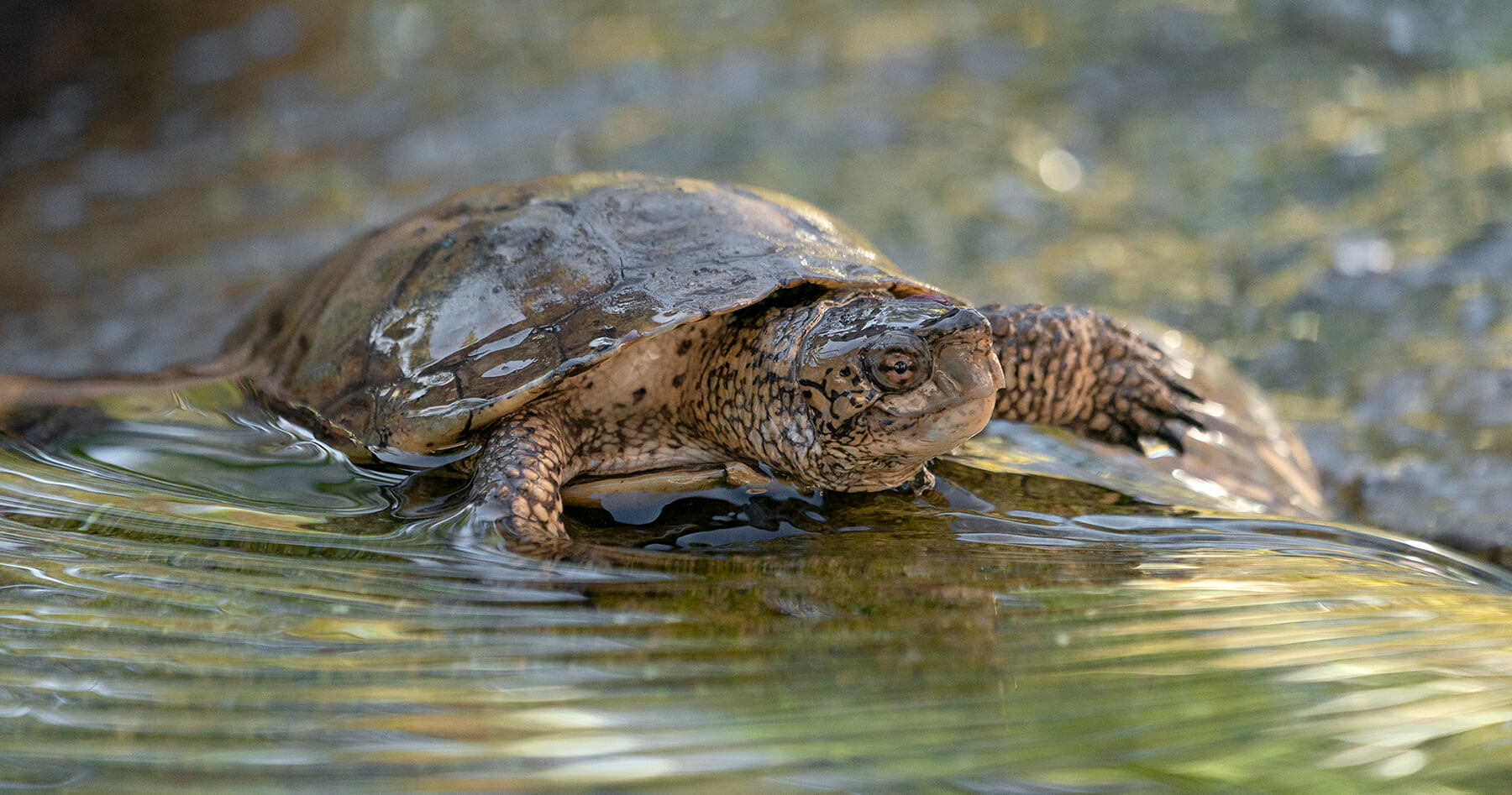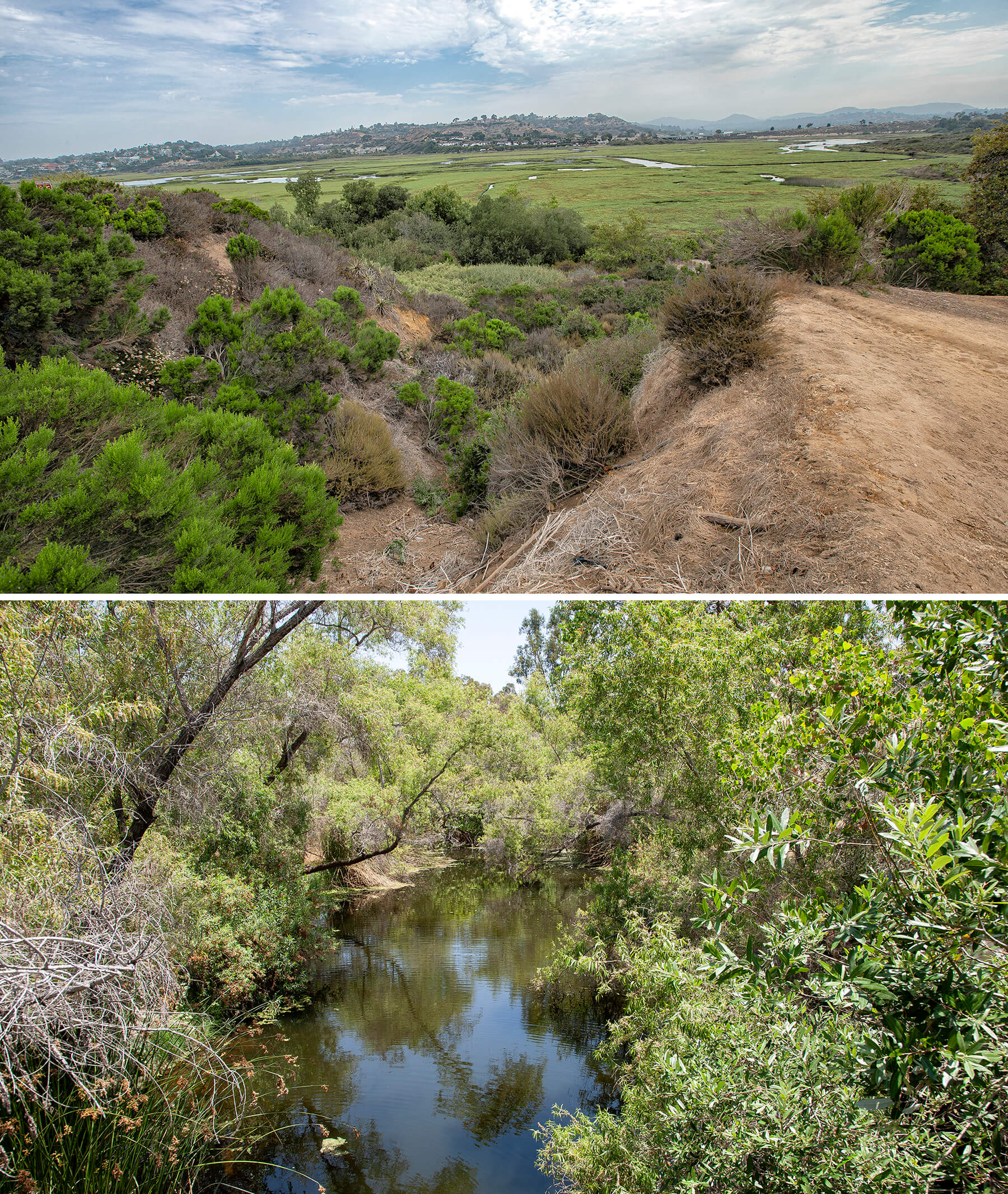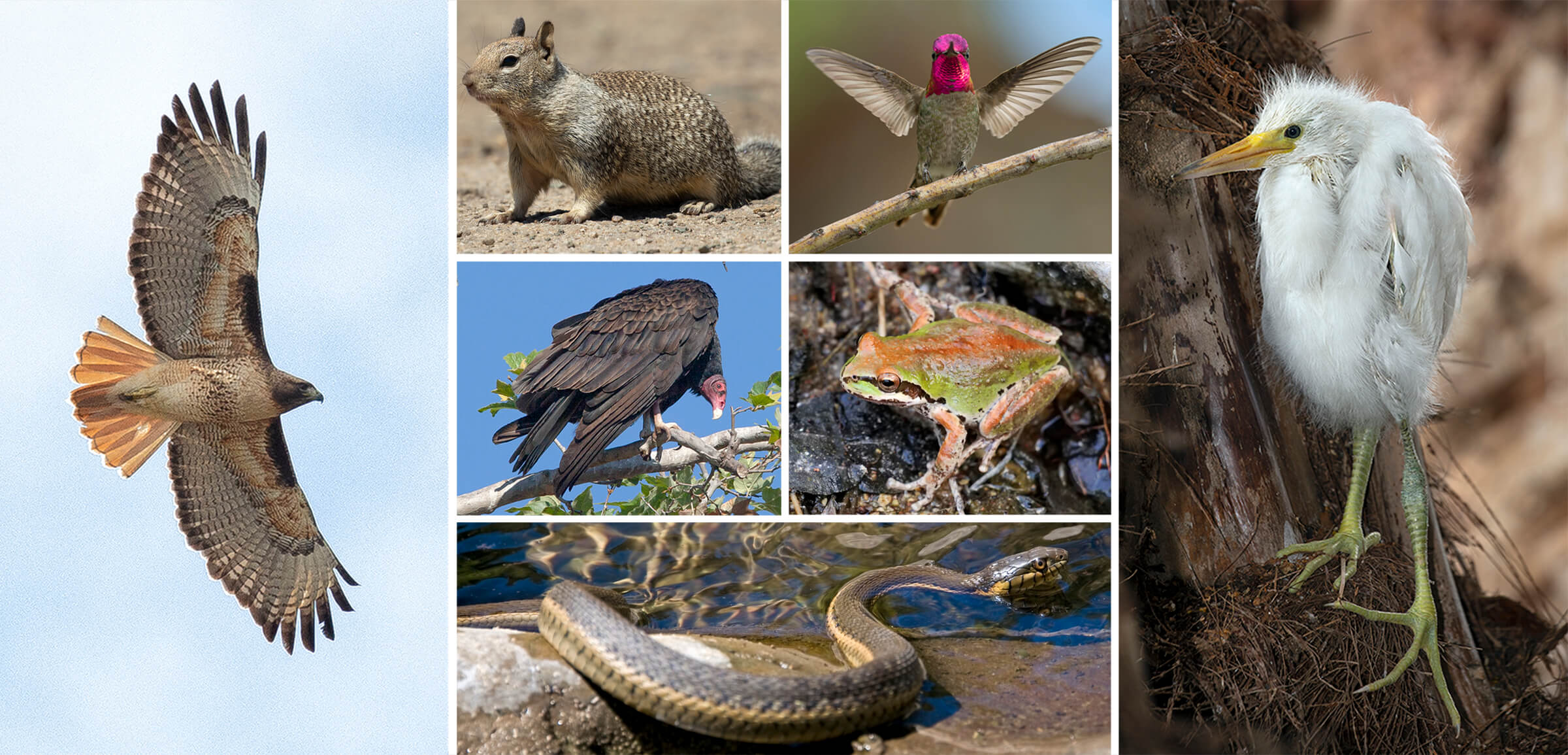
Cleaning up San Diego’s rivers, lakes and wetlands.
It can be easy to forget that there’s a watery world beyond San Diego’s miles of glistening beaches. Turn the other direction, and you’ll find a winding network of rivers, streams, lakes, and ponds. San Diego County’s riparian habitats are brimming with local wildlife, from swooping herons and hawks to scurrying ground squirrels and rattling reptiles.

But just like ocean life, San Diego’s inland aquatic residents are at risk. Snack wrappers, plastic bottles, and other garbage pile up from careless litterbugs, and storm water carries harmful debris as it runs off streets and parking lots into waterways. Habitat fragmentation and invasive species—those that prey on or take food and space away from native plants and animals—threaten them further. This isn’t just a problem for wildlife; unhealthy wetlands pose risks for humans, too. Our health is tied to that of the ecosystems in which we live.

Southwest Success
The Southwest is one of San Diego Zoo’s eight conservation hubs, or areas where we focus our conservation work and collaborate with innovative partners to protect wildlife, ecosystems, and people. One of our most unique projects in the region is a cleanup effort that, in an unexpected twist, unites threatened turtles and platypuses. Here’s how it works:
Western pond turtles Actinemys marmorata (also called Pacific pond turtles) are the only native species of aquatic turtle in California, where they are considered a Species of Special Concern. Habitat loss, disease, and invasive species have all caused their numbers to plummet. Crawfish (also known as crayfish, crawdads, yabbies, or a myriad of other names) are one of the culprits. As an invasive species in Southern California, they disrupt local ecosystems, hurting turtles and humans alike by feeding on the main predator of mosquito larvae.
We partner with the U.S. Geological Survey and California Department of Fish and Wildlife to remove invasive crawfish from pond turtle habitat around San Diego County. But here’s where it gets interesting—platypuses love to eat crawfish. And in managed care, live prey is an absolute must for these one-of-a-kind Australian monotremes. So, the collected crawfish from our collaborative cleanup efforts go to the Safari Park, where they become a delicious and nutritious meal for the platypuses in our care (which happen to be the only two individuals outside of Australia). This helps us to provide expert care for the platypuses while also furthering the goals of our Southwest conservation hub. Talk about a win-win!

Cleanup Crews, Unite!
It’s not just western pond turtles that need help. Even more common species are put at risk by polluted waters. You can join us as a wildlife ally by keeping their habitats as clean as possible.
“Conservation starts at home,” says Brown Endowed Associate Director of Recovery Ecology and Southwest hub co-leader, Debra Shier, Ph.D. “Local species might not seem glamorous, but it’s vital to protect them so that everyone who lives here—plants, animals, and people—can share a healthy and resilient ecosystem.”

Organizing a river, stream, or wetland cleanup not only protects the wildlife we share space with, but also brings your family and friends to the great outdoors. And that comes with real benefits: spending time in nature has been shown to lower stress levels, boost moods, and improve self-esteem. For families with children, a cleanup is an especially wonderful activity to send off summer before the start of the new school year. So before getting back to homework and packing lunches, take our tips for planning a fun and impactful cleanup day and head into the wilderness with your own conservation crew.
Choose Your Spot: Choose a spot that’s safe and accessible for you and your family. Make sure you’re on public land and observe signage, or that you have permission to be at the site you’ve chosen.
Gather Supplies: The right supplies will make your job easier and safer. Bring large trash bags, gloves, tools to pick up litter, and plenty of water and snacks.
Take It All In: Look for litter and garbage to remove from the habitat. As you work, don’t forget to stop and look around: you might be surprised how much wildlife you can find, especially if you are quiet.
Wrap Up Responsibly: Make sure to properly dispose of the litter you find. Then, take a moment to celebrate a job well done!

Clockwise from left: red-tailed hawk (Buteo jamaicensis); California ground squirrel (Otospermophilus beecheyi); Anna’s hummingbird (Calypte anna); snowy egret (Egretta thula); two-striped garter snake (Thamnophis hammondii); turkey vulture (Cathartes aura); Baja California treefrog (Pseudacris hypochondriaca hypochondriaca). (Photos by: Tammy Spratt/SDZWA; Ken Bohn/SDZWA; Design Pics/Getty Images; mlharing/Getty Images Plus)
(Top photo: Ken Bohn/San Diego Zoo Wildlife Alliance photographer)




